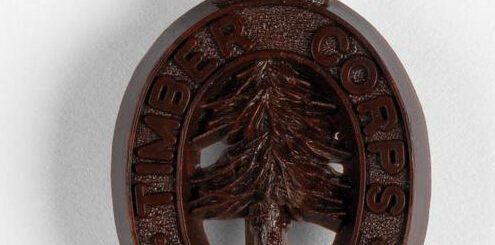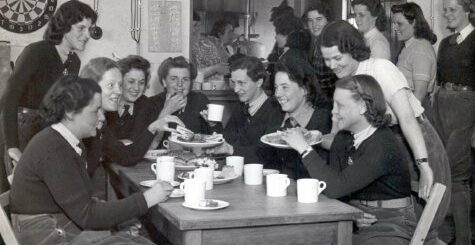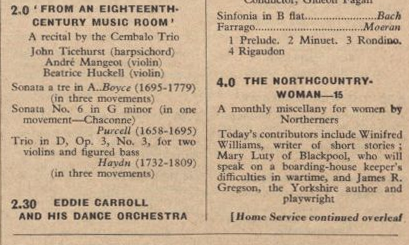Running the WLA: Balcombe Place
2019 marks 80 years since the Women’s Land Army – a civilian organisation run entirely by women – was set up for the Second World War. The 2019 series of monthly posts will focus on what it meant to run the Women’s Land Army. What were the arrangements to place over 200,000 women as Land Girls on farms from 1939 to 1950? Who was behind the co-ordination of this national effort?
While many know something about the women who worked on the land and in the forests of Britain, what is less well-known is the significant administrative efforts which lay behind the networks of women employed by the WLA.
Balcombe Place
Our first post in this series looks at Balcombe Place – the headquarters of the Women’s Land Army in Haywards Heath, Sussex. In 1944, Vita Sackville-West wrote that Balcombe was the ‘big, pumping heart at the centre of the organisation’.
The Tudor style mansion, set in 3,000 acres of land belonged to Lady Gertrude Denman. She had the estate given to her by her father just 39 years before. Lady Denman was the Honorary Director of the WLA; ‘Honorary’ because she insisted on not being paid.
As historian Carol Twinch writes, ‘Balcombe was…an awe-inspiring place…with its wide oak staircases, panelling, and red velvet curtains’.
According to The Land Girl magazine, for two days in August 1939:
vans piled to and fro on the London road bringing to us our office furniture, our files, our papers, and last, but not least, the big central index where every enrolled Land Army volunteer has her own index card.
The Land Girl, April 1940, p. 6. Coincidentally these same cards are stored at the Imperial War Museum today.
Originally, theWLA HQ employed 38 administration staff, including:
- 14 senior officers (7 of them, regional directors)
- 7 senior members,
- 35 clerks and typists.
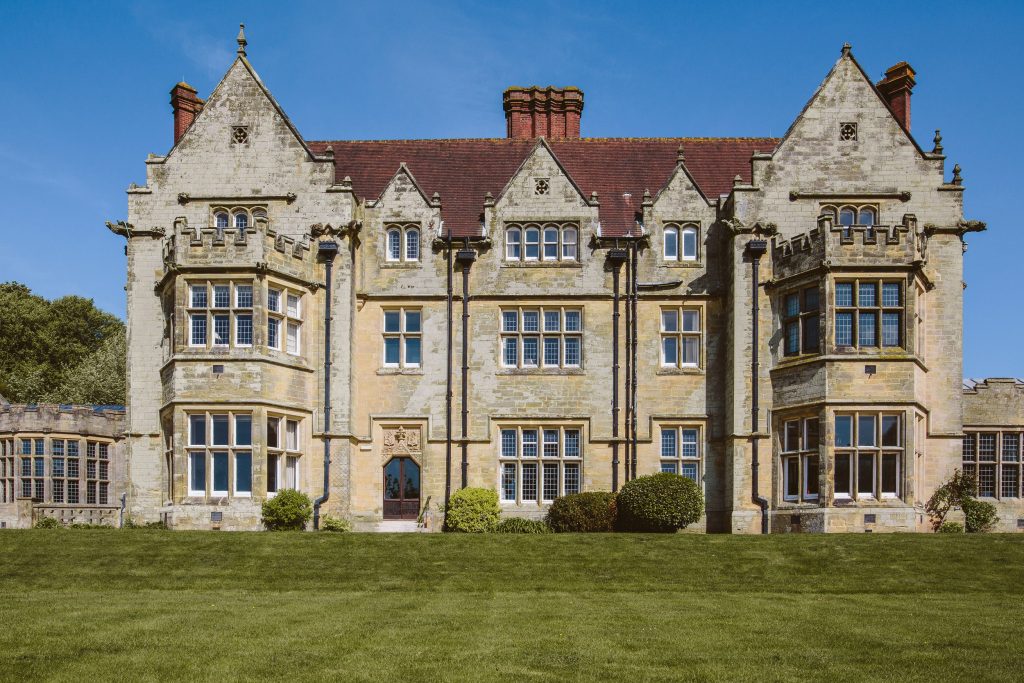
Source: Sarah London Photography, Balcombe Place website.
Uniforms were stored in the stables and on the squash courts; livestock on the tennis courts – rabbits, poultry, and pigs according to Vita Sackville-West! Employees were lucky enough to be able to spend their free time using the outdoor swimming pool, dancing, and listening to music, or playing table tennis or darts.
Edna Stephenson, one of the typists for the Ministry of Agriculture recounts how:
‘We relaxed in the music room and had country dancing there. In winter when the lake froze, we started skating and Lady Denman lent me her skating boots’.
Carol Twinch, ‘Women on the Land: Their Story During Two World Wars’, p.65.
Later, briefly, the WLA moved to 4-6 Chesham Street in London, but the administration moved swiftly back in May 1944, following the ‘Doodle Bug’ bombings there. When they returned to Balcombe, Maureen Strong, one of the typists, remembers how they were housed in the servant’s quarters this time…not quite such a luxurious set up.
Inez Jenkins took over as Chief Administrative Officer at the end of the war in 1945, until the disbandment of the WLA on 30 November 1950.
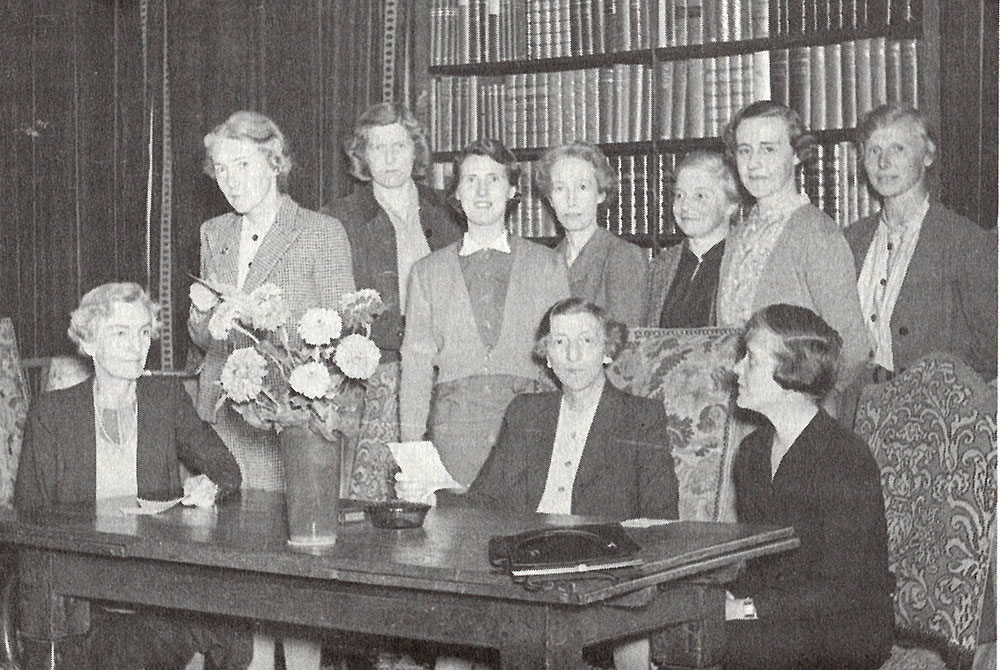
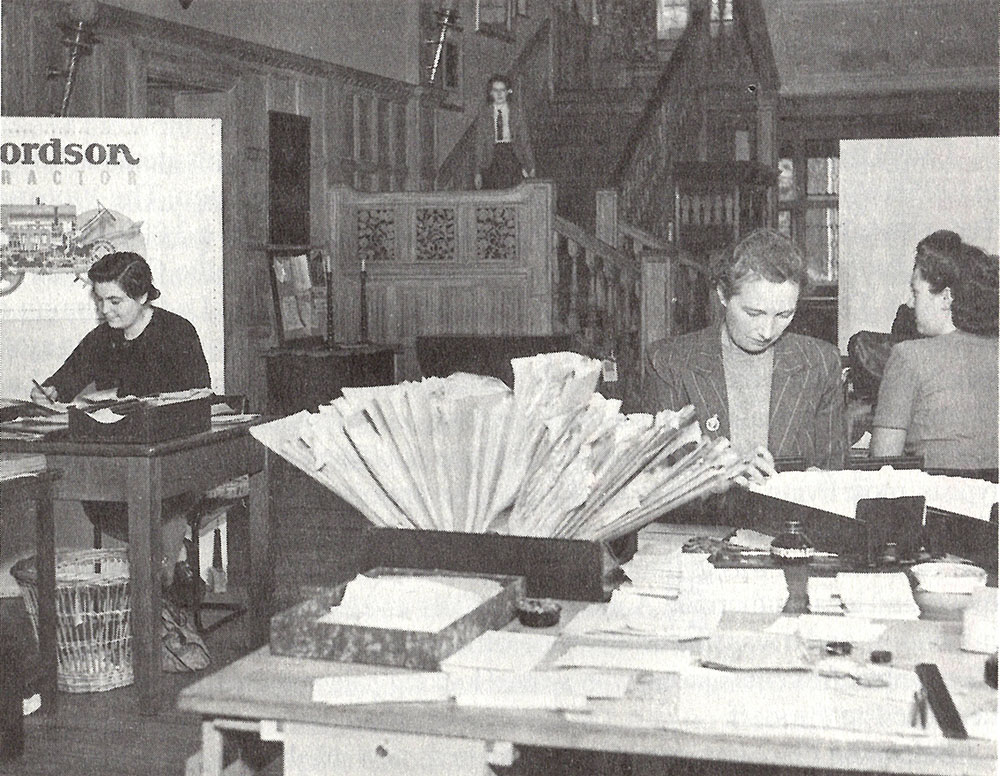
Originally from the collection of Vita Sackville-West.
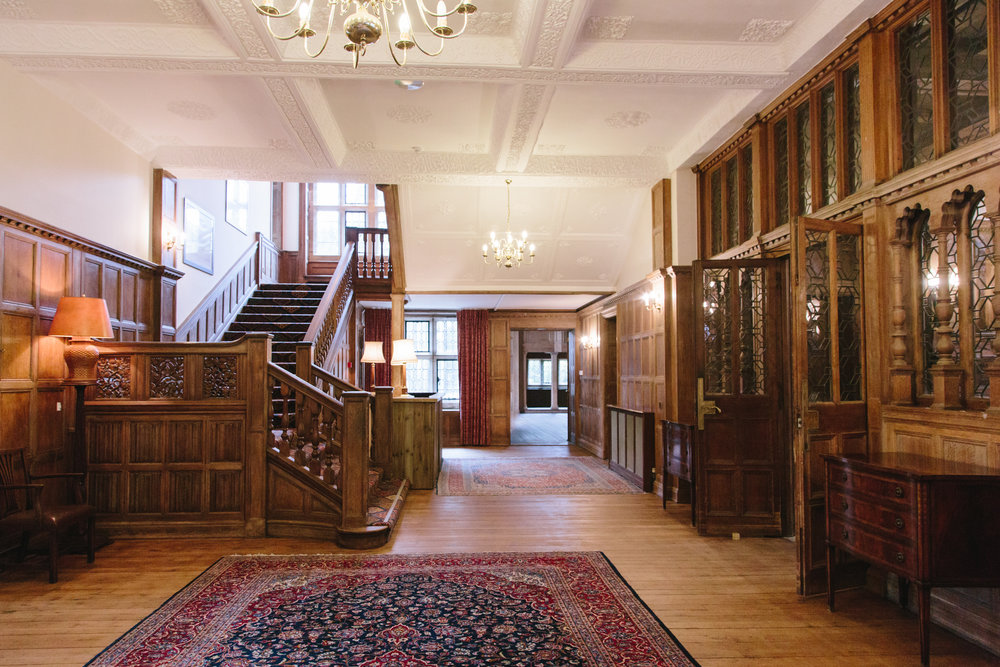
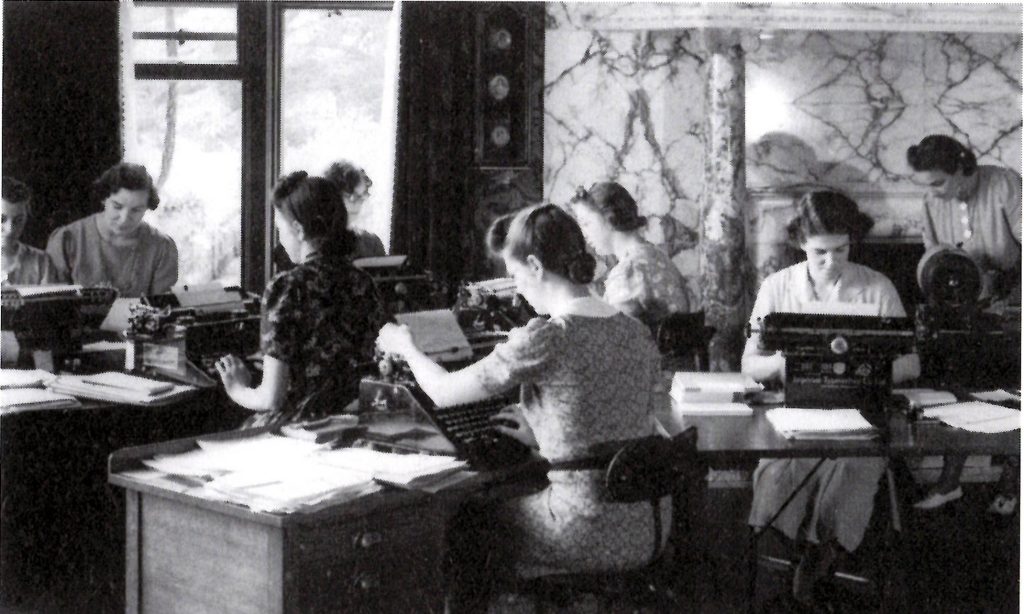
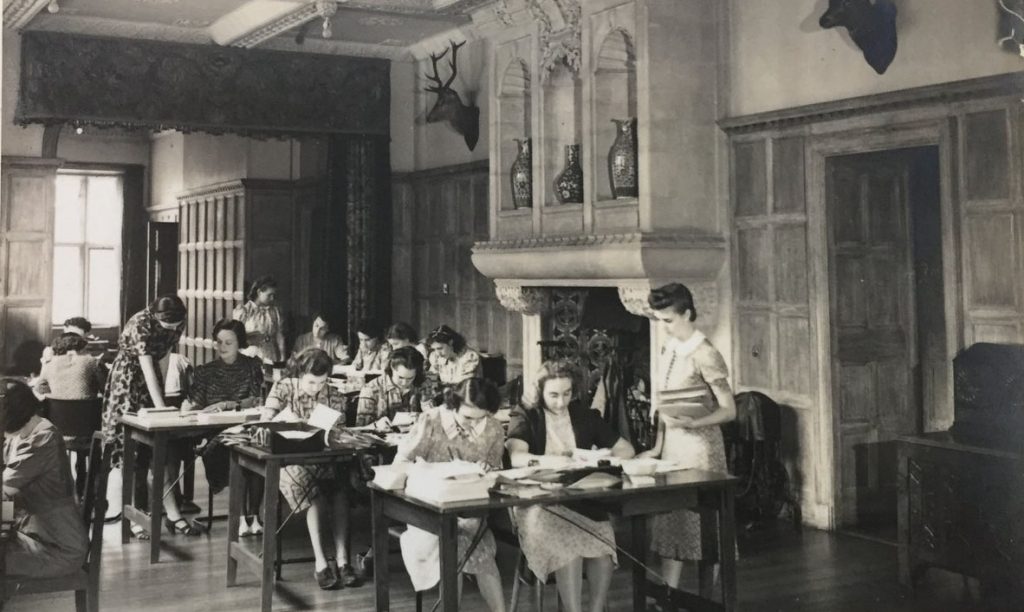
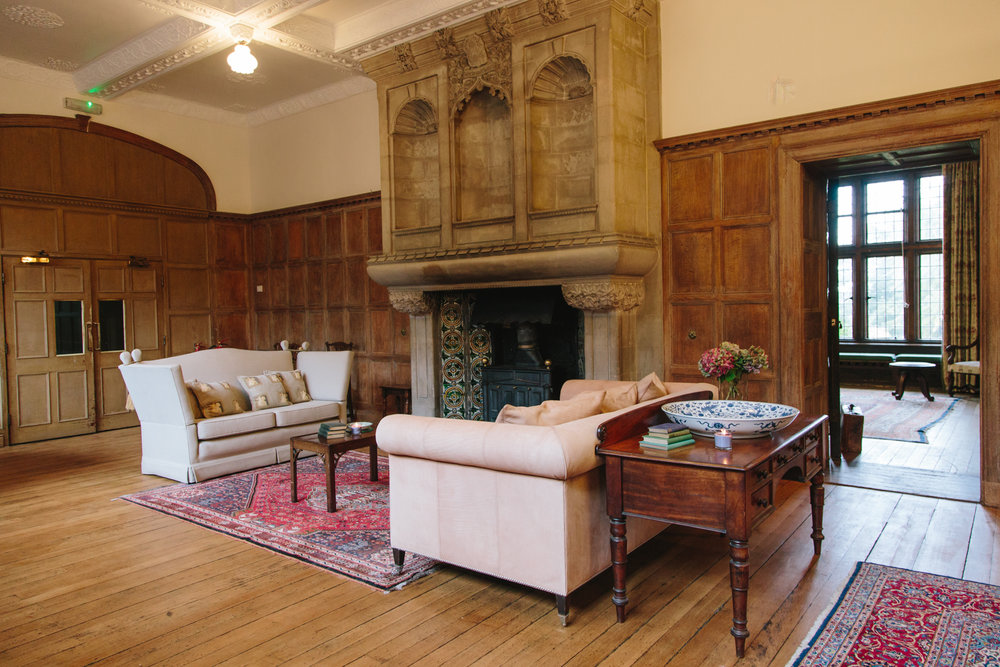
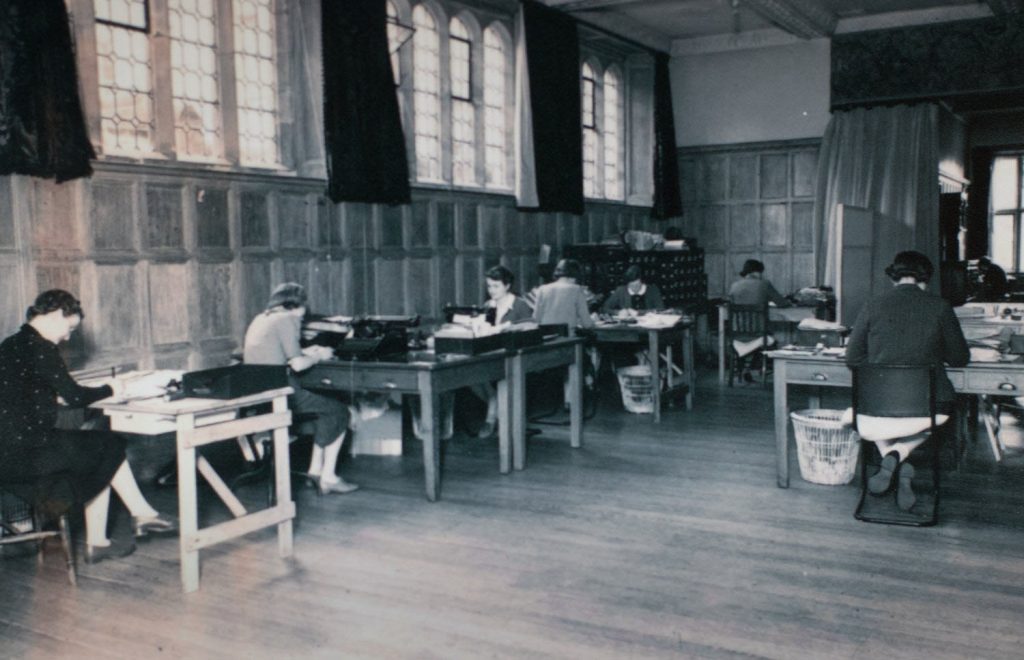
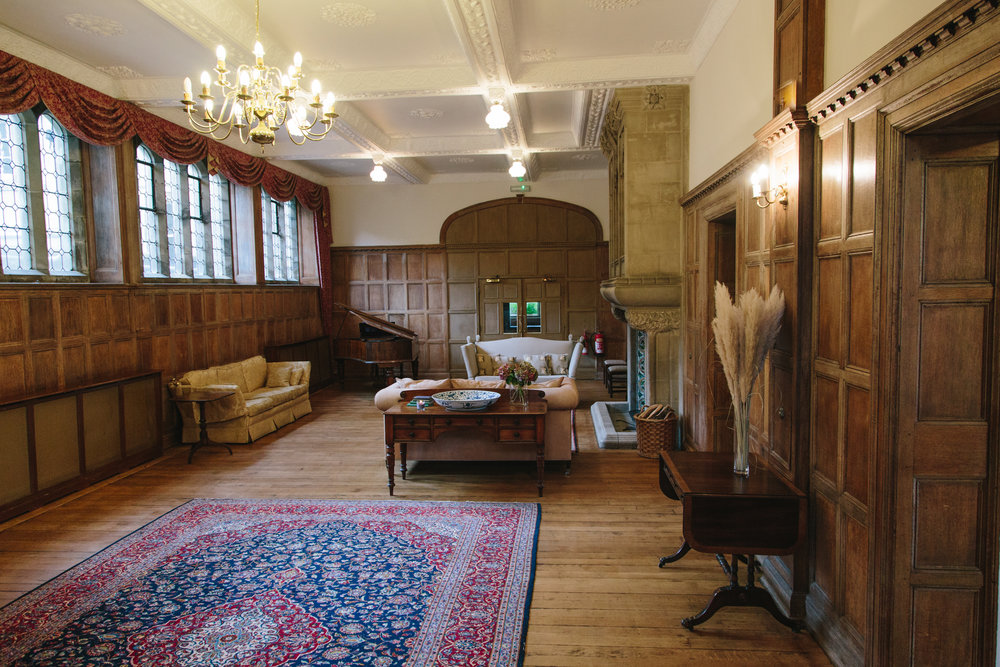
Find out more
Clarke, Gill. The Women’s Land Army: A Portrait. Sansom & Company Ltd, 2008, pp. 64-66.
Kramer, Ann. Land Girls and Their Impact. Barnsley: Remember When, 2008, pp. 17-19
Sackville-West, Vita. The Women’s Land Army. London: M. Joseph, 1944, pp. 10-11
Twinch, Carol. Women on the Land: Their Story During Two World Wars. Lutterworth Press, 1990, pp. 66-70
